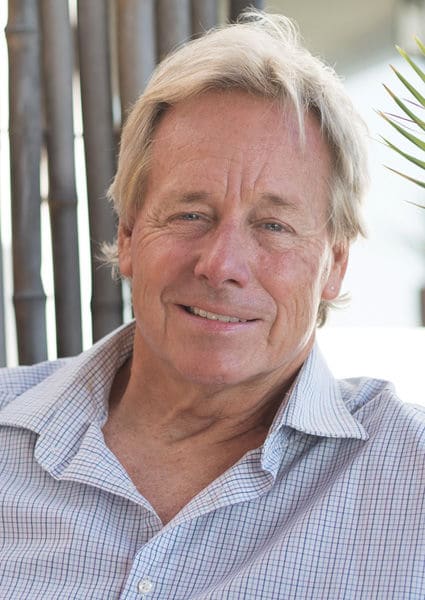
Anyone who has been a parent knows well the persistence of young children who ultimately work their will to get what they want. Sometimes, it is just too exasperating to hold out and I doubt there is one adult out there who has not just given up and acceded to their child’s insistence even though they know it is not in their best interest. Usually, it involves sugar intake before bedtime. But rarely does the parent insist on doing what they know is bad for the child when the child is not insisting upon it. In the instance of trying to answer the question posed for this article, the parent (the president) is determined to placate children (the American people) when they are not demanding such.
Case in point: While the public at large has been struggling with imposed stay-at-home orders, pleas to wear masks and social distancing measures, all designed to help stabilize the worst public health crisis to face humankind in over a century, the president has pushed an agenda for reopening the economy that will favorably reflect upon his desire to win re-election in November. It is not based on either evidence or public health data, but rather, political instincts and sagging poll numbers.
Public support reflects a more cautious approach backed by evidence and data and the considered recommendations of public health professionals. Before the official reopening, in mid-May, an NBC News/Wall Street Journal poll found that 58 percent, nearly three out of every five Americans, believed that we would move too quickly. But the president was motivated not by science but by political instinct, science be damned. This is a familiar refrain in this administration.
It is still too early to definitively determine whether COVID-19 will win this early skirmish. There are compounding variables; some, like Memorial Day Weekend, which officially summoned summer and hordes of weary folks to the beaches, were anticipated. Others, however, like a nationwide groundswell of protests against systemic racism occasioned by extrajudicial murders and ignited by the tragedy in Minneapolis, had not been anticipated.
The decision to proceed regardless of potential deadly consequences is a huge gamble. Whether it will pay off in the long run is unknown. What is known is that, to date, over 120,000 Americans have died due to COVID-19, and that number is likely to be significantly understated, and current projections are that 200,000 Americans will die by early August. And if the dreaded second wave, combined with seasonal influenza, materializes in the fall, these numbers will rise several-fold.
So, that is what we don’t know. What is it we do know?
While it is still early, the numbers do not look good. Twenty-nine states and U.S. territories logged an increase in their seven-day average of new reported cases after many lifted restrictions in recent weeks. The number of reported coronavirus cases in Florida has now surpassed 100,000, according to Washington Post data. In Arizona, 2,300 COVID-19 cases were reported in one day last week. Hospitals in the state are being put under pressure, as well, with over 1,500 people hospitalized yesterday and at least 500 people in ICU beds, according to AZ Central.
As coronavirus cases surge in the U.S. south and west, health experts in countries with falling case numbers are watching with a growing sense of alarm and disbelief, with many wondering why virus-stricken U.S. states continue to reopen and why the advice of scientists is often ignored.
There are some bright spots, primarily from states that have taken aggressive steps early on to flatten the curve, including Colorado, New York, New Jersey, Illinois and Michigan, who are all recording steadily decreasing cases. It should be noted, however, that neither the Memorial Day activities, which included dramatic cases of beach overcrowding, lack of social distancing and spotty levels of mask wearing, and the ongoing Black Lives Matter demonstrations in cities all across the nation are expected to further exacerbate these upward spikes. Further, the hodgepodge of loosened restrictions, which vary from state to state and, in many instances, county to county, reflect the lack of a coordinated strategy. The virus knows no political, ideological or geographic boundaries and the exponential nature of human transmission could skew these numbers significantly.
It would be wise to remember Benjamin Franklin’s admonition: “An ounce of prevention is worth a pound of cure” and, given that we are learning more about this invisible enemy every day, it is far more important to proceed with caution and follow the science. Premature reopening is gambling with human life. Miscalculation could result in another shutdown that could throw the nation and the international economy into a tailspin rivaling the Great Depression. There is nothing to suggest we are in the midst of a recovery and every indication that politics is trumping rational thought.